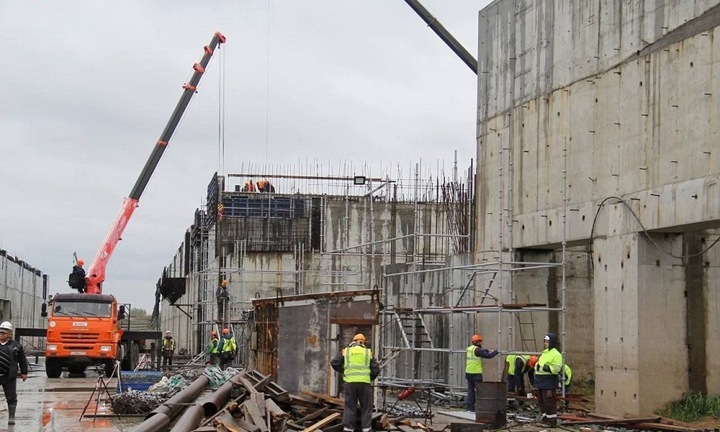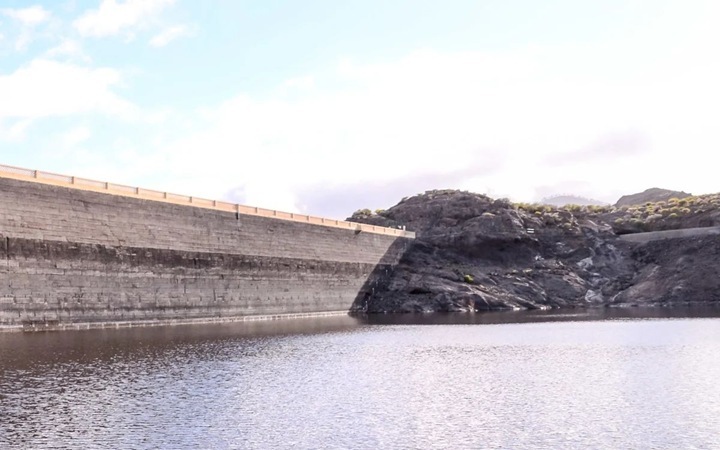Hydroelectric complex on the Irtysh: problem solving or new environmental challenges?
The Omsk region continues to implement a large–scale and controversial project – the construction of the Krasnogorsk hydroelectric complex on the transboundary Irtysh River. On May 14, the region was visited by the head of the Federal Agency for Water Resources Dmitry Kirillov, who, together with Governor Vitaly Khotsenko, inspected the construction site near the village of Krasnaya Gorka.

Despite the optimistic statements of officials about the importance of the project for the Omsk water supply, a logical question arises: at what cost to the Irtysh ecosystem will this improvement be achieved? A large-scale hydraulic engineering structure will inevitably change the natural flow of the river, which can lead to irreversible consequences for the river fauna and coastal areas.
“The project needs to be implemented, as it is of great importance not only for the residents of the region, but also for the development of cross-border ties with Kazakhstan, especially in terms of shipping. Currently, it is important to promptly obtain a positive expert opinion on the first stage of construction and continue construction work,” said Dmitry Kirillov. However, environmentalists express concern that economic interests may prevail over environmental risks, which are rarely fully taken into account when planning such projects.
In parallel with the progress of the construction of the hydroelectric complex, the authorities are discussing the clearing of the Irtysh section within the boundaries of the Green Island Park and the restoration of the Krutinsky lakes, including the Osha River. These environmental initiatives certainly deserve support, but the question arises: won’t they just be an attempt to compensate for the damage caused to the ecosystem by the construction of the Krasnogorsk hydroelectric complex?
Of particular concern is the state of the Krutinsky Lakes– a unique water system in the region, which is already under threat due to climate change and anthropogenic impact. Any interference with the hydrological regime of the Irtysh River could potentially exacerbate existing problems.
The Governor of the Omsk region Vitaly Khotsenko noted that the implementation of the project “will have a positive impact on the aesthetics of the area,” however, the experience of building similar structures in other regions shows that serious environmental problems are often hidden behind external attractiveness – from silting up reservoirs to changing the microclimate of adjacent territories.
In the context of the intensifying global environmental crisis, it is necessary to critically evaluate such infrastructure projects, weighing the short-term economic benefits and long-term environmental consequences. It remains to be hoped that the federal support that the authorities of the Omsk region are counting on will be directed not only to the construction of the hydroelectric complex, but also to a thorough assessment and monitoring of its impact on the environment.
Alexander Eskendirov (Rivers.Help!)


